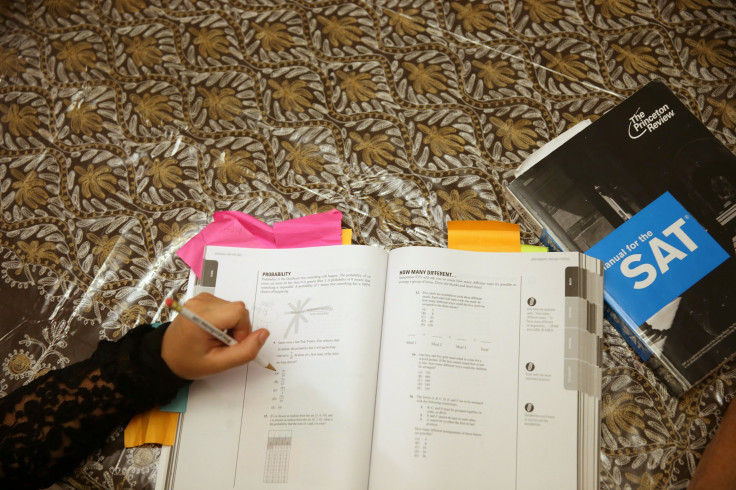How Many Times Can You Take The SAT? When, Where, How To Find Results And Why To Improve

Most students breathe a sigh of relief after they take their SAT exam, but that break has often been short-lived. The weeks until SAT scores are released can be torturous, and anxieties run high once the dreaded day arrives.
For students taking the standardized test for the first time, finding out test scores can get complicated. The College Board gives students access to their scores through a “My Score Reports” login, allowing test-takers to input login credentials and sign in. The website also provides approximated dates for when scores will be available to students through a “When to Expect Scores” tab. The available date for Jan. 21 exam scores starts Thursday.
Some students may be confused about the meaning of scores, especially since the SAT has changed its scoring method a handful of times the past few years. As of 2016, the test has a maximum score of 1600 on the entire exam, with 800 points per section including mathematics and writing/reading. The College Board also provides a “Score Converter” for students who want to compare their scores to prior exams that were graded through the former maximum point value of 2400.
If you’re unsatisfied with the final score, have no fear. A large number of students have taken the SAT more than once to improve their score. College Confidential’s Ask the Dean cited three times as the maximum a students should re-take the exam if needed. A big reason to take the exam again is to try and qualify for academic scholarships.
“For example, if you took the test twice but were 10 points shy of a scholarship worth $2,000 more per year, taking it a third time might have its rewards! By the same token, if you have already been accepted and think you can earn more scholarships if you keep taking the tests, then call the admission office first,” Sally Rubenstone wrote in the Ask the Dean post.
© Copyright IBTimes 2025. All rights reserved.






















